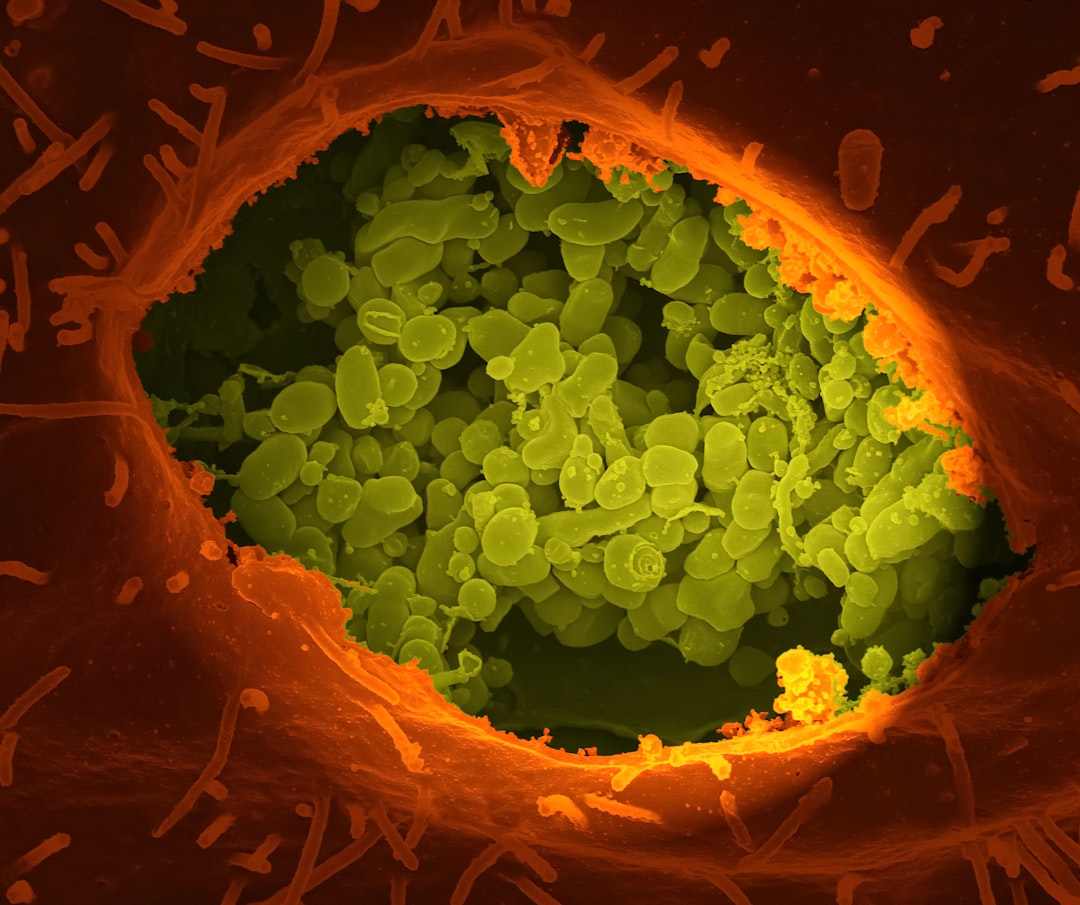What is it about?
While it's known that COVID-19 can lead to severe symptoms in patients with comorbidities, the precise role of comorbidities in influencing disease severity and the evolution of SARS-CoV-2 remains unclear. Our research addresses this gap by employing correlation analysis and molecular dynamics simulations. We have demonstrated that patients with comorbidities exhibit a higher frequency of mutations. Furthermore, our analysis reveals that the enzyme responsible for initiating viral replication (PLPro) in patients with elevated comorbidities carries mutations that may enhance protein stability, consequently improving enzyme function.
Featured Image

Photo by Jan Kopřiva on Unsplash
Why is it important?
Our findings correlate real clinical data from patients and link these to molecular dynamic simulations of the proteins sequenced from the patients. In essence, molecular simulations were applied to clinical data, such as patient comorbidities, and this methodology could be extrapolated to analyze other similar clinical information.
Perspectives
Working on this project has been a steep learning curve and an immense eye-opener for me. Much of the work can only be realized through the collaborative efforts of the team, especially in fostering synergy between clinicians and lab scientists. I strongly believe that the seamless exchange of data between clinics and its translation into bench research, and vice versa, is crucial for driving future policy-making decisions and empowering healthcare providers to make well-informed choices, particularly in the face of new and emerging diseases.
Liyana Azmi
Universiti Sains Islam Malaysia
Read the Original
This page is a summary of: Unravelling the link between SARS-CoV-2 mutation frequencies, patient comorbidities, and structural dynamics, PLoS ONE, March 2024, PLOS,
DOI: 10.1371/journal.pone.0291892.
You can read the full text:
Contributors
The following have contributed to this page










